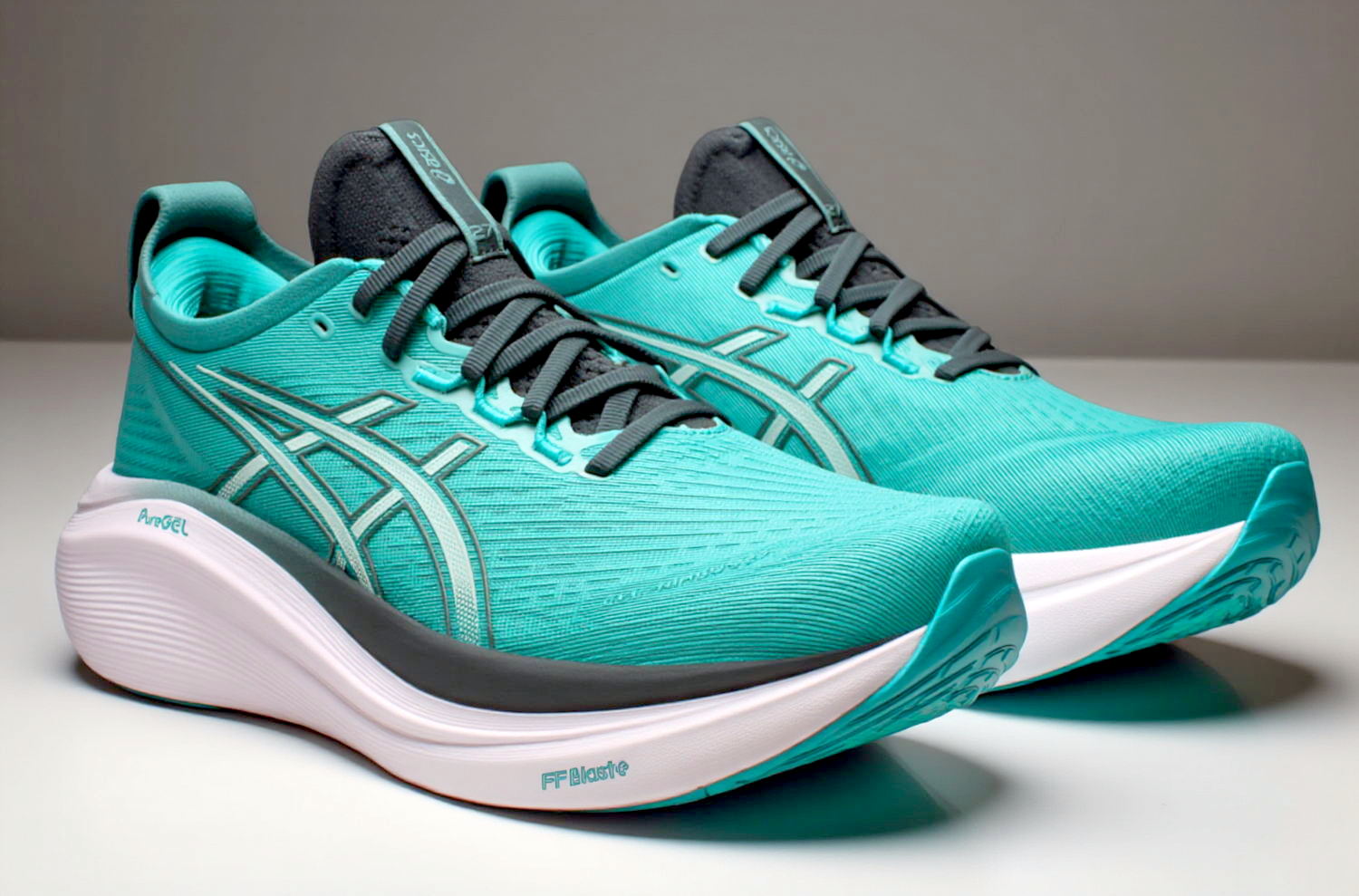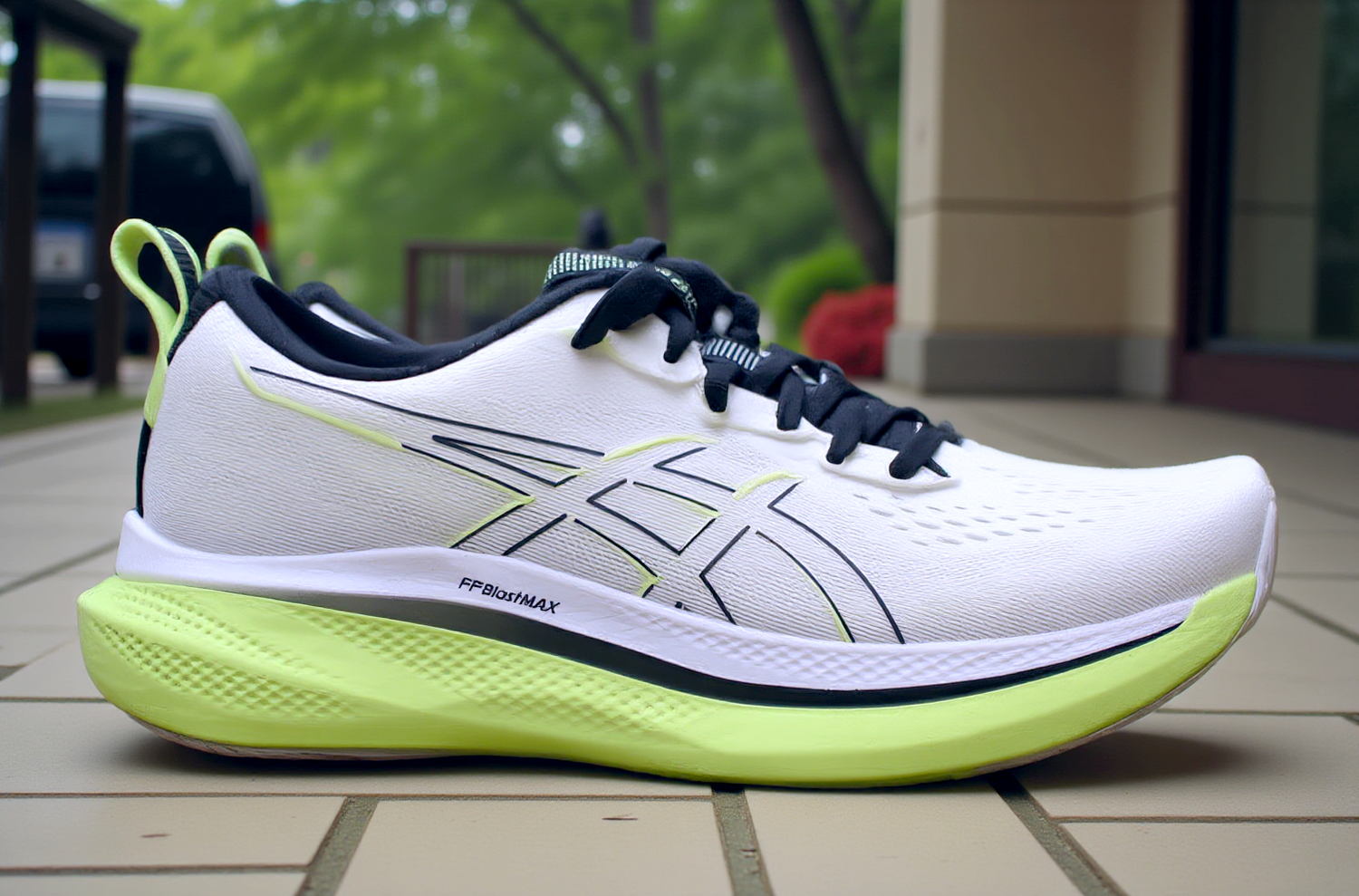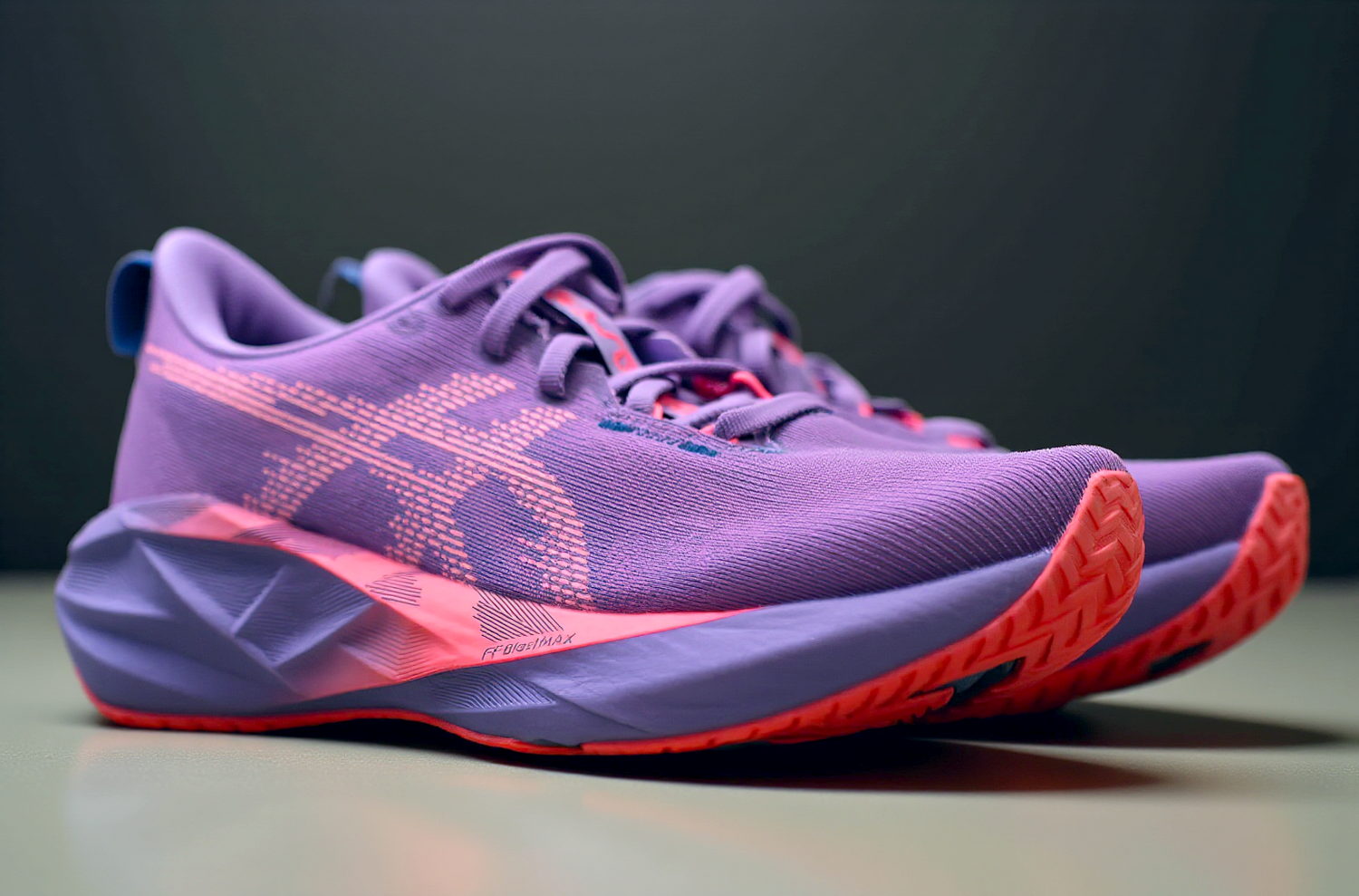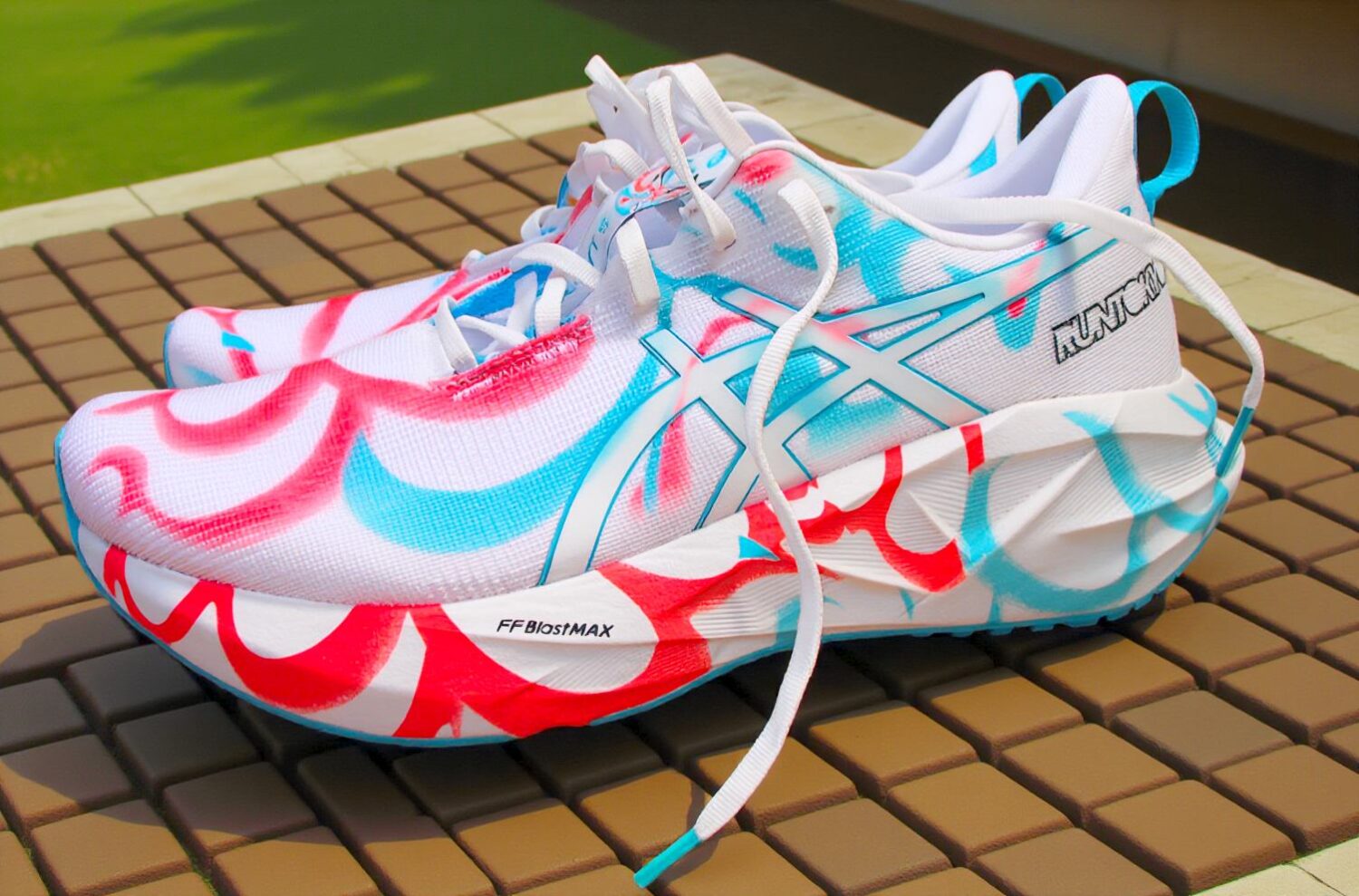ASICS Superblast 1 vs. 2: Which Super Training Shoe Reigns Supreme?
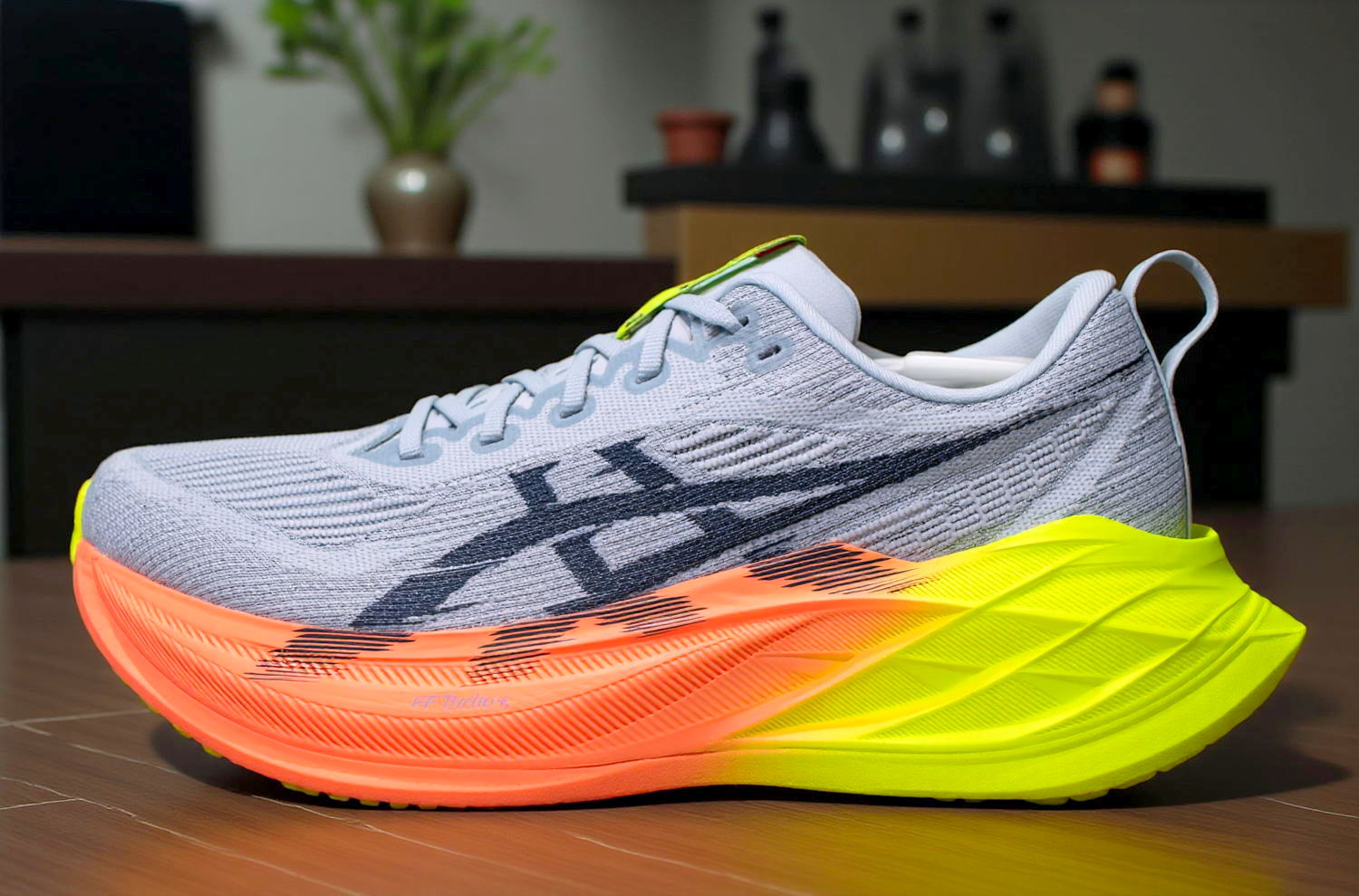
Running enthusiasts and casual joggers alike are always on the lookout for the perfect pair of shoes to elevate their performance and comfort. Enter the ASICS Superblast, a revolutionary super training shoe that’s been making waves across the running community. In this comprehensive article, we’ll explore what makes the Superblast stand out, compare its first and second generations, and analyze its suitability for various runners. Whether you’re a seasoned marathoner or a beginner looking to up your game, this guide will help you decide if the Superblast is the right fit for you.
🌟 What Makes a Super Training Shoe “Super”?
Super training shoes are a unique category in the running world, blending cutting-edge technology with versatility. Unlike traditional carbon-plated racing shoes designed for speed, super training shoes prioritize comfort, responsiveness, and durability for a wide range of activities. Let’s break down what defines this category and why the ASICS Superblast fits the bill.
🚀 The Core Features of Super Training Shoes
- Advanced Foam Technology: Super training shoes feature high-performance foams, often borrowed from top-tier racing models. In the Superblast’s case, it uses ASICS’ signature FF TURBO and FF TURBO+ foams, delivering exceptional energy return and responsiveness.
- Thick Midsole Design: With a midsole stack height exceeding 40mm, these shoes offer superior cushioning, making them ideal for long-distance runs without the fatigue or breakdown you might experience in thinner shoes.
- Lightweight Construction: Despite their chunky appearance, super training shoes are engineered to stay light. The Superblast 2 weighs just 234g (8.25 oz) in size 41.5 (EU), while the original Superblast clocks in at 228g (8 oz)—impressive for their size.
- No Carbon Plate: Unlike racing shoes that rely on stiff carbon plates for propulsion, super training shoes skip the plate, focusing on natural foot movement and flexibility. This design choice aligns with a growing trend of returning to the essence of running—health and enjoyment over pure speed.
🏃♂️ Versatility in Action
The Superblast’s thick midsole and responsive foam make it suitable for everything from recovery runs to long-distance training sessions. It’s built to withstand extended mileage—think 100km (62 miles) or more—without losing its bounce. For runners seeking a shoe that adapts to multiple scenarios, this is a game-changer.
🆚 Superblast 1 vs. Superblast 2: A Detailed Comparison
The ASICS Superblast has evolved from its first to its second generation, but how significant are the changes? Let’s dive into the differences and similarities to help you choose between the two.
🧩 Structural Similarities
Both the Superblast 1 and 2 share the same foundational design:
- Midsole Geometry: The wide, face-width midsole (yes, it’s that broad!) ensures stability and cushioning.
- Running Experience: The overall feel—responsive yet plush—remains consistent across both versions.
- No Carbon Plate: Both prioritize flexibility over rigidity, encouraging a natural stride.
🔍 Key Differences
While the core remains unchanged, the Superblast 2 introduces subtle upgrades:
- Midsole Foam: The original uses FF TURBO, while the Superblast 2 upgrades to FF TURBO+. The newer foam promises slightly faster rebound and a touch more firmness, though the difference is minimal—almost imperceptible without a side-by-side test.
- Upper Design: The Superblast 2 features an improved upper with better breathability and a modern woven texture (think trendy “jacquard” vibes). It’s softer and more comfortable, especially in warmer climates.
- Outsole Adjustments: The second generation fills in gaps prone to trapping pebbles in the original’s tread pattern, enhancing durability and grip. However, some runners note a slight dip in rubber durability compared to earlier ASICS models.
- Weight: A marginal increase from 228g (8 oz) to 234g (8.25 oz) reflects these tweaks, but both remain lightweight for their category.
🎨 Aesthetic and Practical Considerations
- Colorways: The Superblast 2 boasts eye-catching options like the “Paris” edition, while the original offers more budget-friendly pricing as it phases out.
- Regional Fit: In humid, summery regions, the Superblast 2’s enhanced ventilation might edge out its predecessor.
Verdict: Choose based on color preference, budget, and climate. The differences are subtle, so either version delivers a stellar experience.
🏋️♀️ Who Should Wear the Superblast?
The Superblast isn’t a one-size-fits-all shoe. Its design caters to specific runners and scenarios. Here’s a breakdown of its ideal users and limitations.
✅ Perfect Matches
- Elite Athletes: Designed with recovery runs in mind, the Superblast shines for pros logging 100km (62 miles) weekly. At a 4:40 min/km pace (about 7:30 min/mile), it supports long aerobic sessions with stellar feedback.
- Heavier Runners: With a thick midsole and robust foam, it’s a dream for those over 60kg (132 lbs) who need extra cushioning to absorb impact.
- Long-Distance Enthusiasts: Runners tackling 17-18km (10.5-11 miles) or even half-marathons find its durability and comfort unbeatable.
❌ Not for Everyone
- Lightweight Runners: At 60kg (132 lbs) or less, you might not compress the foam enough to feel its full benefits. Thinner, softer shoes like the Saucony Kinvara or New Balance FuelCell Rebel v4 might suit you better for casual runs.
- Commuters: The stiff midsole and thick stack make walking a chore—think stepping on a pressure board. Unless you need the height boost, skip it for daily wear.
- Slow Joggers: At relaxed paces (e.g., 5-6 min/km or 8-9 min/mile), the Superblast’s potential feels wasted. It thrives at faster tempos.
⚡ Speed Training Insights
Testing the Superblast at a 4:20 min/km pace (6:50 min/mile) revealed its strengths and quirks:
- Pros: The foam delivers enough rebound for high-intensity efforts, outpacing traditional trainers.
- Cons: Without a carbon plate, it encourages forefoot striking, which can strain the Achilles if you’re a heel-striker. Switching to a plated shoe mid-run alleviated this for one tester.
👟 Real-World Performance: 200km and Counting
After logging over 200km (124 miles) across both Superblast generations, here’s how they hold up:
- Durability: The midsole retains its bounce, even past 100km (62 miles). The outsole shows wear, especially in the Superblast 2, but it’s still functional.
- Comfort: The low heel collar and wide tongue opening make it a slip-on dream. Side straps anchor the midfoot, though some runners with high arches might feel slight pressure.
- Road Feel: Minimal. The thick foam masks small bumps and zebra crossings, which is great for cushioning but less so for tactile feedback.
Compared to alternatives like the Saucony Endorphin Speed 4 or multi-purpose Novablast, the Superblast leans heavily into its “super” niche—perfect for some, overkill for others.
🌍 The Superblast Phenomenon: Why It’s Trending
The Superblast’s buzz isn’t just hype—it’s a pioneer. Priced at around $200 USD (over 30,000 YEN), it’s a premium offering that’s often sold out, even at expos like Japan’s Mar Expo. Its blend of top-tier foam and no-plate design has sparked a movement, pushing brands to rethink training shoes. Could Chinese brands like Xtep or Qiaodan follow suit with their own 40mm+ super trainers? The jury’s out, but the Superblast sets a high bar.
🎯 Final Thoughts: Is the Superblast for You?
The ASICS Superblast is a bold step into the future of running shoes—light, cushioned, and versatile, yet niche. It’s a must-try for elites and heavier runners chasing long, fast miles, but casual joggers or commuters might find it excessive. With two stellar generations to choose from, your decision hinges on budget, style, and running goals. Have you tried it? Share your thoughts below—we’d love to hear your take!

